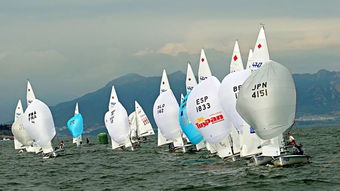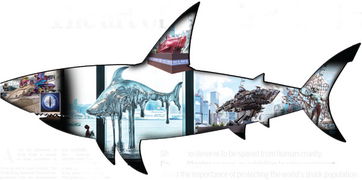Content:
Spearfishing, an ancient and thrilling method of fishing, has been captivating enthusiasts for centuries. It requires a blend of skill, patience, and respect for the underwater world. If you're a beginner looking to dive into the world of spearfishing, fear not! This comprehensive guide will equip you with the essential tips and techniques to help you master the art of spearfishing and start reeling in your first catch.
Understanding Spearfishing
Before delving into the techniques, it's crucial to understand what spearfishing entails. Spearfishing is the practice of catching fish by thrusting a spear into them. It's typically done while free diving, where the diver holds their breath to descend and ascend underwater. This method requires a strong understanding of the underwater environment, fish behavior, and safety measures.
Essential Gear
To embark on your spearfishing journey, you'll need the right gear. Here's a list of essential equipment:
- Spear: The spear is your primary tool for catching fish. It can be a simple harpoon or a more complex spear gun. For beginners, a harpoon with a rubber band or a spring-loaded mechanism is recommended.
- Mask and Snorkel: These allow you to see and breathe underwater.
- Fins: Fins help you move efficiently through the water.
- Wetsuit: A wetsuit keeps you warm and provides comfort during your dive.
- Buoyancy Control Device (BCD): A BCD helps you maintain the desired depth and control your ascent and descent.
- Knife: A small knife is useful for cutting lines and handling fish.
- Tie Line: This is a line attached to your spear that allows you to retrieve it if it becomes stuck.
Safety First
Safety should always be your top priority when spearfishing. Here are some essential safety tips:
- Learn to Free Dive: Before trying spearfishing, ensure you have a solid foundation in free diving. This will help you manage your breath and stay safe underwater.
- Understand the Underwater Environment: Familiarize yourself with the local marine life and their behavior. This knowledge will help you avoid dangerous encounters.
- Always Dive with a Buddy: Never spearfish alone. Dive with a partner who can assist you in case of an emergency.
- Check Your Gear: Ensure all your equipment is in good working condition before diving.
- Respect the Marine Life: Spearfishing is about catching fish, not destroying the underwater ecosystem. Avoid unnecessary harm to marine life.
Techniques for Spearfishing
Now that you have the gear and safety knowledge, let's dive into the techniques:
Finding Fish
The first step in spearfishing is finding fish. Here are some tips to help you spot them:
- Use Your Mask: Keep your mask on and scan the area for movement. Fish often swim in schools, so look for patterns of movement.
- Listen for Sounds: Some fish make noise when they swim. Pay attention to any unusual sounds in the water.
- Use a Dive Flag: A dive flag is a brightly colored flag that you raise above the surface to indicate your presence. This helps prevent boat accidents.
Approaching Fish
Once you've spotted fish, it's time to approach them. Here's how to do it:
- Stay Calm: Move slowly and calmly to avoid startling the fish.
- Use Your Fins: Kick gently with your fins to maintain a slow and steady approach.
- Keep Your Distance: Maintain a safe distance from the fish to avoid startling them.
Throwing the Spear
When you're close enough, it's time to throw the spear. Here's how to do it effectively:
- Aim: Aim your spear at the fish's head or back. Avoid aiming at the fish's eyes or fins, as this can cause unnecessary harm.
- Throw: Use a strong, controlled motion to throw the spear. Practice this motion on land before trying it underwater.
- Retract the Spear: After throwing the spear, quickly retract it to avoid accidentally spearing yourself or another fish.
Handling the Catch
Once you've caught a fish, it's important to handle it properly:
- Remove the Spear: Carefully remove the spear from the fish. Avoid pulling it out with force, as this can cause damage.
- Handle with Care: Handle the fish gently to minimize stress and injury.
- Release Unwanted Fish: If you catch a fish that you're not interested in, release it quickly and safely.
Practical Tips for Beginners
- Start with Small Fish: Begin by targeting smaller fish to build your confidence and develop your technique.
- Practice on Land: Spend time practicing your spear-throwing technique on land before trying it underwater.
- Join a Spearfishing Club: Joining a local spearfishing club can provide you with valuable guidance, support, and camaraderie.
- Stay Patient: Spearfishing requires patience. Don't get discouraged if you don't catch fish right away.
In conclusion, spearfishing is an exciting and rewarding activity that requires dedication and practice. By following these tips and techniques, you'll be well on your way to becoming a skilled spearfisher. Remember to always prioritize safety and respect for the marine environment. Happy spearfishing!












